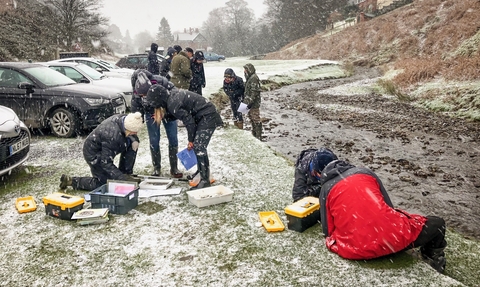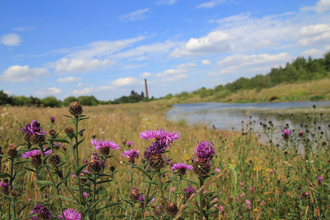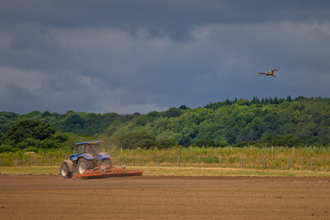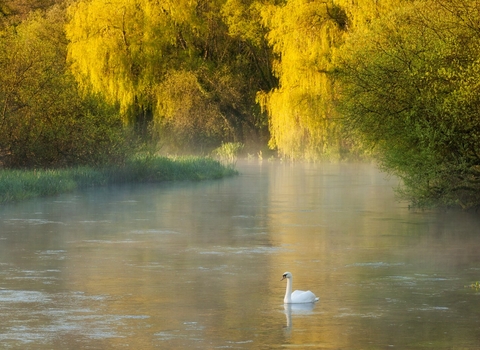
River health training at Carding Mill Valley
Landscape Recovery projects
Our Landscape Recovery Team are working on a wide variety of projects within Shropshire. These projects include managing and improving the health of our streams, rivers, ponds and canals, working with different partners to address flooding issues across the county and work with landowners to help regenerate farmland.
We work hard to access funding sources to enable key projects and habitat improvement works on all kinds of water bodies, from full landscape/catchment-scale to more localised target sites, helping mitigate climate change, protect everyone's future and create a River Recovery Network in Shropshire.
Find out about some of these projects below:



